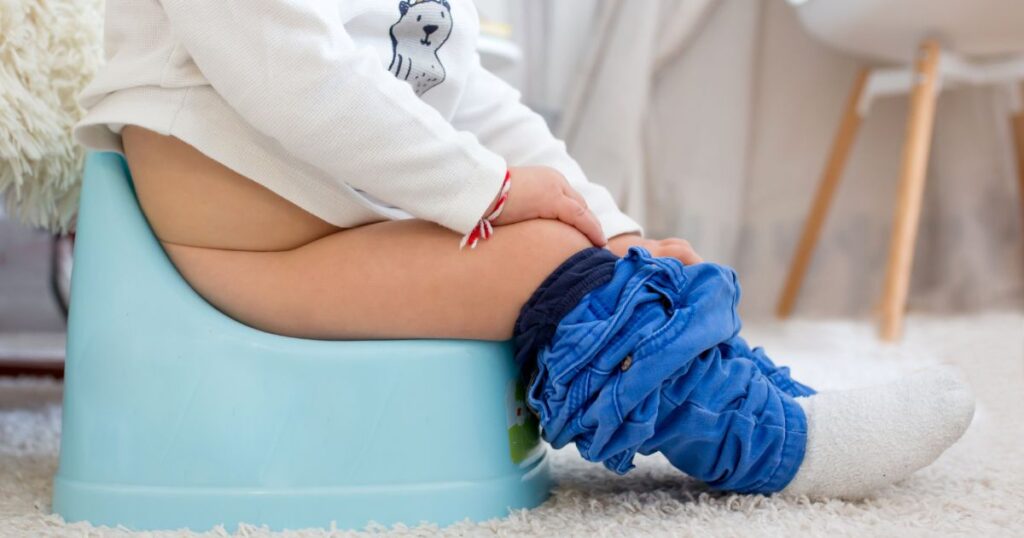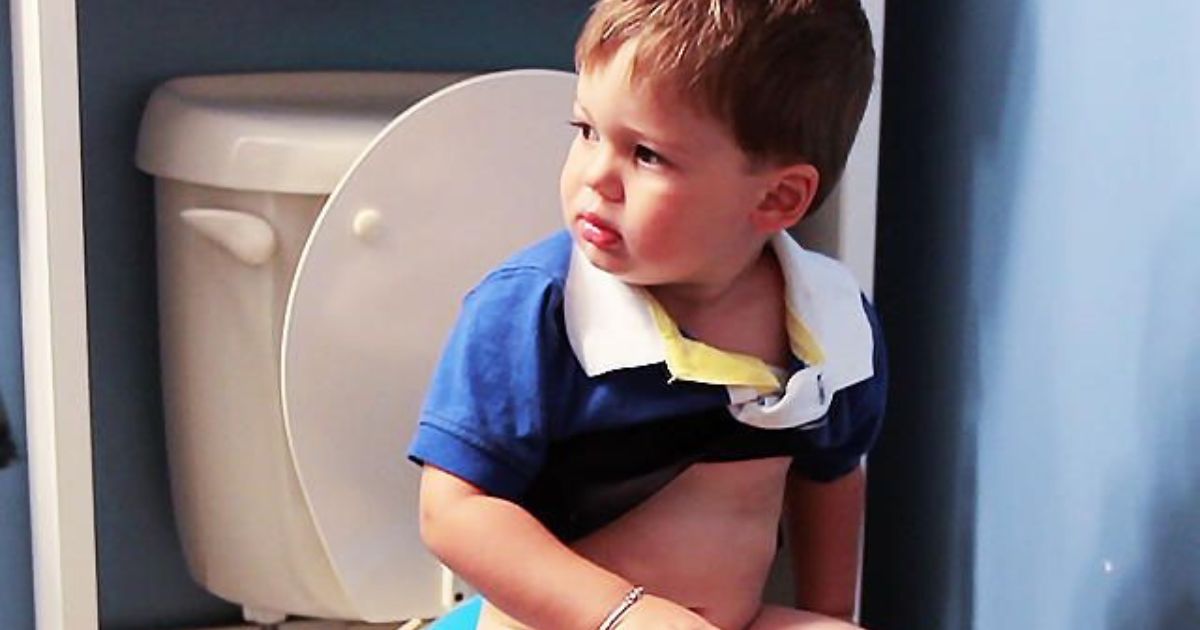Potty training isn’t just for children. Whether due to personal choice or a physical necessity, many adults may find themselves needing to learn or relearn proper toileting habits. While it might seem like a daunting task, potty training as an adult is a manageable and empowering process. By understanding the right techniques, adopting helpful habits, and staying patient with yourself, you can successfully master this essential life skill. This comprehensive guide will walk you through the process, offering valuable tips and strategies to make your potty training journey as smooth and effective as possible.
Understanding the Need for Adult Potty Training

Before delving into the specific techniques and methods, it’s essential to recognize the importance of adult potty training and the various reasons why an individual might undertake this process. Several circumstances might lead to a need for adult potty training, including:
- Physical injuries or disabilities that require adapting to new bathroom routines.
- Medical conditions such as incontinence or bladder control issues.
- Transitioning from one type of toileting habit to another, such as switching from disposable to reusable products for environmental reasons.
- Personal development and lifestyle changes that prompt a desire to adopt more hygienic and sustainable practices.
Creating a Personalized Potty Training Plan
Potty training is a personal journey that demands a customized approach. While some general principles apply, it’s crucial to tailor your training plan to your specific needs and goals. Consider the following steps when creating your personalized potty training plan:
- Assess Your Current Habits: Begin by evaluating your existing toileting habits and identifying any areas that require improvement or adjustment. Note down your typical bathroom routine and the challenges you face.
- Set Realistic Goals: Define your objectives and establish achievable milestones. Whether it’s reducing the use of disposable products or improving your bladder control, setting specific and realistic goals will help you stay focused and motivated throughout the training process.
- Choose the Right Equipment: Depending on your needs, select the appropriate potty training equipment. This might include adult diapers, waterproof bedding, or specialized toileting aids designed to assist individuals with specific physical challenges.
Implementing Effective Potty Training Techniques
Once you’ve crafted a personalized plan, it’s time to implement effective potty training techniques that align with your goals and circumstances, whether it’s teaching your furry friend new tricks or answering unusual questions like “How To Potty Train A Raccoon?” Here are some proven strategies to facilitate the learning process:
Establishing a Consistent Routine
Consistency is key when it comes to successful potty training. Establishing a regular bathroom schedule can help condition your body and mind to anticipate and respond to the need for toileting. Follow these steps to build a consistent routine:
- Set specific times for bathroom breaks throughout the day, especially after meals or before bedtime.
- Use alarms or reminders to prompt regular visits to the restroom.
- Practice relaxation techniques, such as deep breathing, to help improve bladder control and reduce the urgency to use the bathroom.
Gradual Transition and Practice
Potty training often involves a gradual transition from one set of habits to another. This process can be made more manageable by incorporating gradual changes into your daily routine:
- Begin by slowly reducing the reliance on disposable products and incorporating reusable options into your toileting routine.
- Practice using the toilet with the help of aids or adaptive equipment to facilitate the learning process and ensure safety and comfort.
Behavioral Modification Techniques
Changing ingrained habits may require implementing behavioral modification techniques to encourage positive shifts in behavior:
- Use positive reinforcement strategies, such as verbal praise or rewards, to motivate yourself during the training process.
- Keep a potty training diary to track your progress and identify any patterns or challenges that need addressing.
- Seek support from friends, family, or support groups to stay motivated and accountable throughout your potty training journey.
Overcoming Challenges and Staying Motivated
Potty training, like any learning process, can present its own set of challenges. Overcoming these obstacles and maintaining motivation is essential for a successful outcome. Consider the following tips to stay resilient and focused:
- Practice patience and understanding, as mastering new habits takes time and persistence.
- Celebrate small victories and progress, no matter how minor they may seem.
- Seek professional guidance or assistance if you encounter persistent challenges or difficulties during the training process.
Tracking Your Progress and Celebrating Milestones
Monitoring your progress and celebrating significant milestones can provide the necessary encouragement to continue your potty training journey. Consider keeping track of the following aspects:
- Frequency of successful bathroom visits.
- Reduction in the use of disposable products.
- Increased bladder control or improved toileting habits.
Embracing a Sustainable Potty Training Lifestyle
Finally, transitioning to a sustainable potty training lifestyle can not only benefit you but also contribute to a healthier environment. Embrace eco-friendly practices and products that align with your potty training goals and values. Consider the following sustainable options:
- Eco-friendly adult diapers made from biodegradable materials.
- Reusable cloth pads or protective undergarments that minimize waste and promote sustainability.
- Water-saving techniques, such as using bidets or low-flow toilets, to reduce water consumption and promote environmental conservation.
FAQs
How Do I Begin Potty Training Myself?
Begin by assessing your current toileting habits, setting realistic goals, and establishing a consistent bathroom routine.
What Equipment Do I Need for Adult Potty Training?
The equipment you need may vary based on your specific needs, but it can include adult diapers, waterproof bedding, and specialized toileting aids.
How Can I Stay Motivated During Adult Potty Training?
Stay motivated by practicing patience, celebrating small victories, and seeking support from friends, family, or support groups.
Conclusion
Learning how to potty train yourself is a personal journey that requires dedication and patience. It starts with understanding your needs, setting achievable goals, and building a consistent bathroom routine. Having the right equipment, like adult diapers or toileting aids, can make the process smoother.
Staying motivated is crucial – celebrate your small wins and seek support from friends and family or support groups. Remember that it’s okay to face challenges; seeking professional help is a smart move if needed.
Moreover, transitioning to a sustainable potty training lifestyle not only benefits you but also the environment. Consider eco-friendly options like biodegradable adult diapers, reusable cloth pads, or water-saving techniques.
Ultimately, potty training as an adult is about making positive changes that improve your quality of life. By following the right techniques and staying focused on your goals, you can successfully master this essential skill and lead a healthier, more sustainable life.










